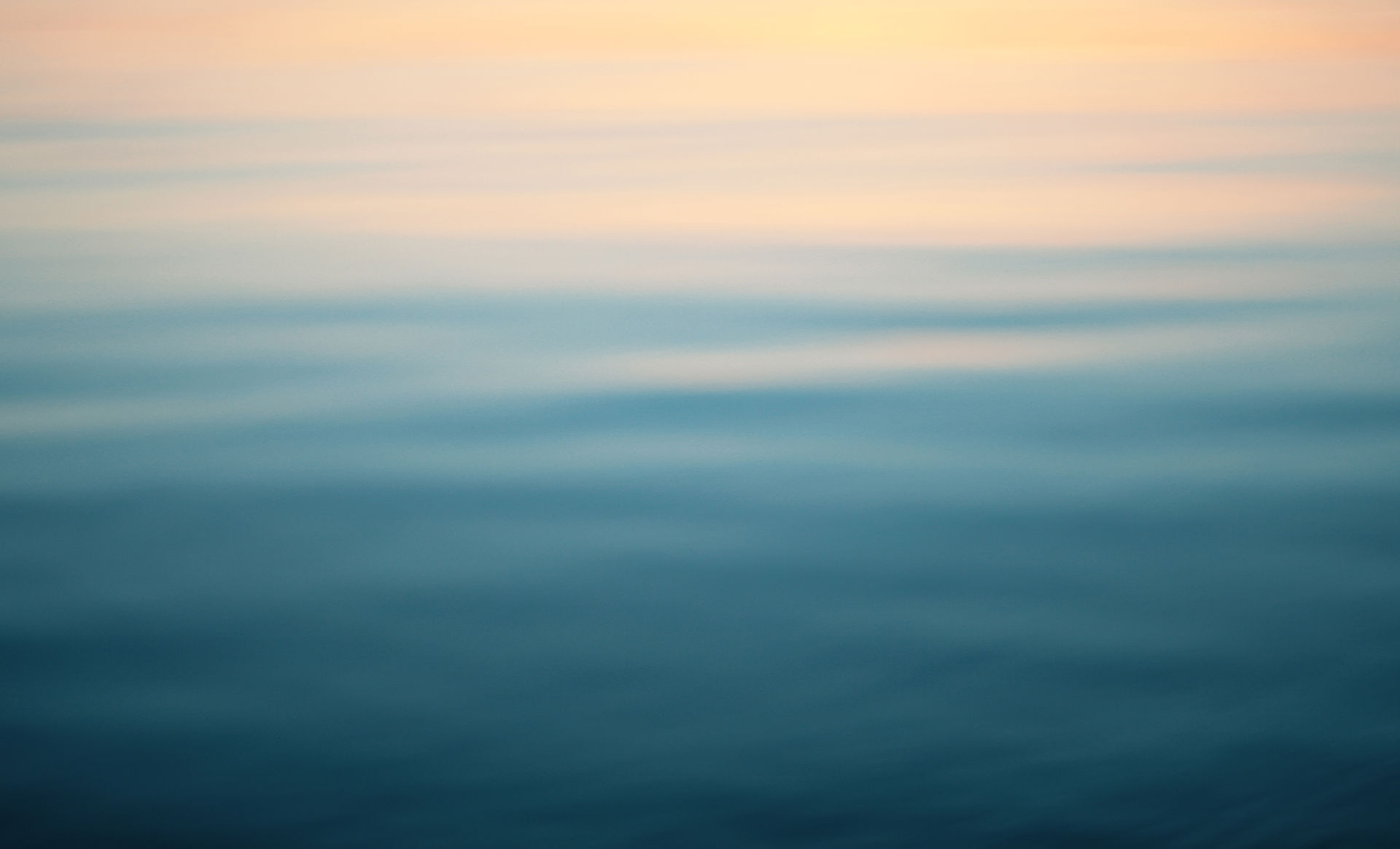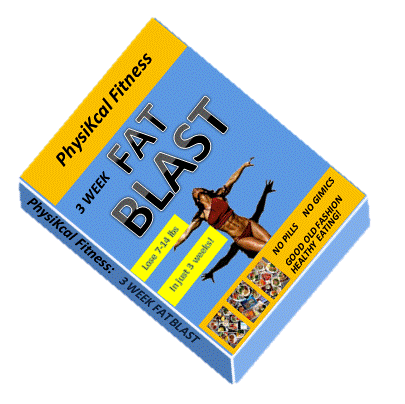
EDUCATION ZONE
Have a question or want to know more about a particular topic. Why not ask a question? We will try do write an article a week based on questions from our audience.
FITNESS
Nick Wachter
Personal Trainer & Fitness Expert
PhysiKcal Fitness, March, 2013

SURVIVING THE HEAT!
Whether your planning on training during your summer holidays or if you are competing abroad, they are a few things you need to know to stop you falling victim to the elements. Professional athletes may spend weeks or months in a country to acclimatise before competing. Cyclist Gariant Thomas for example arrived in Australia 4 weeks before the Tour down under 2014.
There is also a lot of talk of how the European clubs will fair at the 2022 Football World cup in Qatar. With temperatures regularly reaching 40 degrees plus during their summer FIFA has just announced it will move the World cup to Jan/Feb, the time in its history its cdiviated from its junly/aug time schedual.
WHAT IS ACCLIMATISING
In simple terms its getting used to your surroundings. Technical Definition - Maintaining homeostasis and thermoregulation in a new environment to perform optimally. From a physiological perspective but also from a social & physical & nutritional perspective too.
The normal thing that springs to mind is drinking more when in a hot country, due to the fact you sweat more, but acclimatising can be much more complex than that. In fact Killian Jornet, the worlds most renowned long distance mountain runner stated that "he did not prepare himself well enough for the race" when speaking about not winning one of the big runs across america, in which he was favourite. Killian comes from the pyrenees and is a world class cross country skiier and much more used to 40 below freezing not 40 above.
It includes everything from what training clothes you wear, to how much and what you drink, the type of foods you eat and even how many red blood cells are in your blood..
WHY DO WE NEED TO ACCLIMATISE
This is simple, without acclimatising, your body and mind does not perform as well! To produce best performances or to train hard we need to be functioning at 100%. But when you travel to a vastly different environment what you did at home will not work and you will suffer.
HOW DO YOU ACCLIMATISE?
Depending on where you are, the temperature and alititude are the main players. We will discuss the practical things you can down and touch on some of the more technical elements later on.
HEAT - When you exercise your body temperature increases. This has benificial but also negative aspects to it. The warmer the muscles are, the more elastic they are, but also the more you sweat and the more salt you lose, get too hot and bam youre into "cardiac drift" territory.
THERMOREGULATION is the bodies ability to maintain an internal temperature. (thermorgulation is one part of homeostasis, the bodies ability to maintain its internal environment, this also includes maintaining the bodies level of ph (acidity vs alkalinity). Our bodies heat up for two reasons. 1. mechanical friction from muscles (small part) & 2 chemical reactions. Many chemical reactions are exothermic, meaning they give off heat. Your body is just one big factory of millions of chemical reactions. The more you exercise the more chemical reactions, To cool down our bodies has some amazing adaptions.
VASODIALATION
Our blood vessels near the surface dialate (get bigger) and more blood runs close to the skins surface, this allows heat to disapate through the skin to the surrounding air. The bigger the difference between the skins temperature and the air the quicker the transfer of heat from the blood/body to the environment.
SWEATING
Our bodies also release water from our skin, This water sits on the skin and the heat from the skin is used to evaporate it, taking heat away from the blood/body in the process. If sweat is dripping onto the floor then it is basically being wasted and not cooling your body as efficiently. If its cold you can often see steam rise off exercisers when theyre training. this is their sweat evaporating. There is a big negative to this though. Sweat is very expensive, not only do you lose water but also minerals (salts). This is where the problems start.
PANTING - Water vapour is also expelled by breathing out. However in humans this has a very small contributary effect. In other mamals such as dogs it is the main way they cool down.
WHAT HAPPENS IF I OVER HEAT?
HEAT STROKE - This is fairly common but will only happen in extreme cases. Usually leaving dogs or children in cars etc. Athletes do have to be aware though and it is very serious. Long distance events such as marathons, ironman where the persons determination not to quit is very high, cases are more frequent. Most people will however stop well before the point of heat stroke.
DEHYDRATION - Losing water effects the how much sweating (and cooling) can be done and it also effects your body on a cellular level. It can cause confusion,low blood pressure, fainting, rapid heart rates as well as a loss of performance of upto 30% (for 2% body weight loss in water). Dehydration (loss of water) & Hypoervolemia (decrease in volume of blood plasma) are very complex subjects which we wont go into any more detail here. It is very important to note that rehydrating yourself too quickly can be very serious. in fact 3 out of the 4 people who died at the 2005 great north run (worlds second largest half marathon) are thought to have rehydrated themselves too quickly
SALT LEVELS - this technically comes under the above in medical terms, and is often grouped as dehydration, whether its water or salts. In endurance events it has been found that upto 13% of finishers, salt levels (sodium) were below the acceptable levels)... Many conditions including congestive heart failure, liver failure, kidney failure and pneumonia can have an associated hyponatremia. It can also be caused by overhydration from drinking too much water (polydipsia). It is not related to heat as such but is more likely to occur due to water loss caused by heat
BEATING THE HEAT
Basically we have to try and keep our bodies as cool as possible. This can be done several ways
WATER - Ensuring your are not dehydrated means you can keep sweating and keep cooling. you may need to drink 2-3 more than back home.
FOOD - Flapjacks that you ate in Europe may not taste so good melted into your jersey pocket, or trying to peel a melted banana. There are many real considerations like this when looking at the type of food you will take on your training runs/rides/sessions. Also having foods that are higher in salts (sodium) in your everyday diet will help.
SALT / ELECTROLYTES - Replace the electoryltes (minerals) that you are losing in your sweat. Buy one of the many drinks or salt replacement sachets, but also increase the amount of salt in your diet. If you use more, then consume more.
COLD / ICE - Carry frozen drink with you. Not only is it refreshing when you drink, but carrying it in your hand will cool your hand (and blood) down. If you have extra water (cycling) its great for piuring over you to cool you down, assuming its still cold. You can buy cycling bottles that are designed to keep water frozen for longer.
CLOTHES - Cover up. Wear light thin airy clothes that allow air to flow away from the skin (as opposed to winter when we want to trap a layer of warm air against our bodies). This way the heat from the sun will warm the top and not your skin. It will stop sun burn also.
SUNSCREEN - As with above, a cap, glasses, sun cream and long sleeves will stop you from burning. When your skin is sunburnt, it ratains heat (due the inflamation). You may as well wear a sweat suit and go for a run in the 40 degree heat. Its harder to cool down if your sunburnt. Run at night and cover up
Humidity - When the air is saturated with water, sweat drips off you (it doesnt cool you down as much). this is because the air has a full amount of water in it, and cannot accept anymore. Humidty can have a much greater effect for causing you to over heat than the actual temperature. You will lose lots of water and not cool down as much. There isnt alot you can do either. Drink Drink Drink!
Altitude
Many countries send their athletes alitudue training. The air is thinner (meaning it contains less oxygen per liter (and nitrogen). so everytime you breath in, you are getting less oxygen (and nitrogen) into your body. This decreases partial pressure of gasses in your body and has some massive effects. Like producing more red blood cells (which carry oxygen to your muscles/all cells), amongst others adaptations..
What temperatures do you need to do this at?
When the gauge gets up to 25 plus you need to be looking at what your taking. But its especially important when your training in 30+, and essential at 40 Degree's.
2013 saw us climb the famous Col du Tormalet at 29 degree's celcuis and a few days later at 39 degree's celcius. There was a time difference on the two days of 12%, even though my average heart rate was the same on both days (actually it was 1 beat higher on the hotter/slower day). This is down to phenomenon known as cardiac drift. Or in this case, taking it into account. On very hot days your heart is going to be 5-10 beats higher than a cooler day, for the same amount of work (same speed/pace). If you know this in advance you can adjust your pace accordingly, especially if its just one of several climbs ahead of you.
As your internal temperature rises, blood flow to the skin is increased (to aid cooling) resulting in fluid from the blood plasma shifting to the skin tissue resulting in a drop in stroke volume and arterial pressure. This normally happens after about 10-15 minutes in warm, humid and hot environments, usually with exercise involving many large muscle groups (running, cycling etc). The heart rate increases in order to maintain the same level of work as before (due the decreased stroke volume)
Late 2013 an Ironman in Western Australian summer would test acclimatising to its limit. The temperature on the day was between 35-40 degree's. The wind effect on the bike meant travelling at 30kph was cooling and enjoyable, presenting no real problems with fluid intake, 2 liters an hour. However for 5kms of the run the temperature sored to over 45 degree's due to the tarmac which held the heat, and a slight tail wind resulting in almost perfectly still conditions. 30 minutes of no breeze at all. With no shade what so ever, and not even a glimpse of a cloud in the sky, Ice Cold water warmed very quickly and was drank just as quickly as my body temperature began to rise. luckily a feed station after 30 minutes, followed by a shaded costal path with a breeze allowed comfort with the temperature dropping significantly to a pleasurable level).
Due to the level of water taken before the hard section of the run, the extreme temperature was not a problem. If the feed station had been another few km's or the hot section further it would have been a very different story.
* ALWAYS SEEK PROFESSION/MEDICAL HELP BEFORE STARTING OR CHANGING ANY EXERCISE REGIME.













